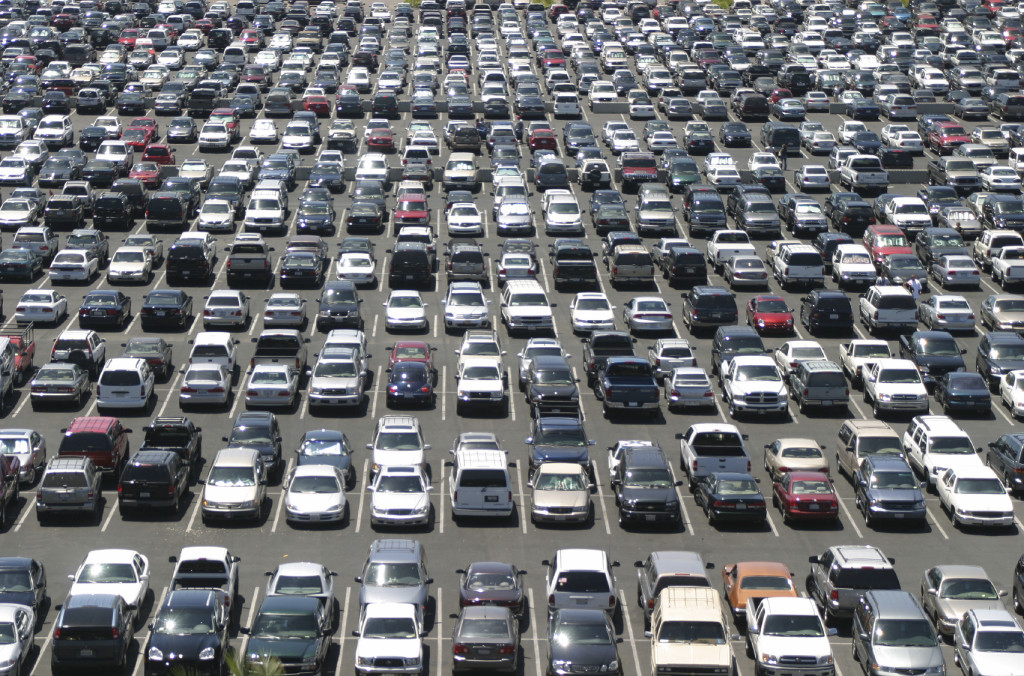Unconventional Wisdom from John Kominicki: In Global Warming, it’s Not That Tough to Keep Your Cool
Good news, fellow humanoids. The amount of carbon dioxide in the atmosphere didn’t increase in 2015, for the second year running.
Bigger news: This is the first time emissions have fallen or remained flat without a giant economic meltdown of some sort. In other words, we managed to cut the spew of energy-related carbon even as we grew global manufacturing activity by a very respectable 3 percent.
That’s never been done before. In fact, most experts are on the record as saying it wasn’t possible.
Much of the credit goes to two countries. The first is China, where the government has promised to cut back on the use of coal-powered electrical plants – and is actually doing it. Coal still generated about 70 percent of Chinese electricity last year, but that’s down 10 percentage points in the past four years, with a matching increase in renewable energy like hydro and wind power.
All in, the Chinese cut energy-related CO2 emissions by 1.5 percent in 2015.
But give yourselves a big shout-out, too. The United States posted one of the world’s biggest declines in carbon emissions last year – a full 2 percent – as power plants switched from coal to cleaner, cheaper natural gas, and wind and solar power continued their climb in popularity.
As you’d expect, there’s some bad news. The 2015 declines in the U.S. and China were completely offset by fast-growing emissions from India, other parts of Asia and the Middle East. Worse, climate change experts are worried the growth in emissions in emerging economies will offset future improvements elsewhere, meaning the numbers will start creeping up again.
OK, you’re wondering, so what can I do besides take over global energy policy? There actually is something. You could rally your community to get rid of a parking lot or two.
Say again? Yep. Turns out there are two parts to the planet’s rising temps: Heat-trapping gases (see above) but also the Earth’s general absorption of heat from the sun. As you remember from ninth grade science class, light-colored surfaces reflect heat, dark ones tend to absorb it. That’s why parking lots are as much as 30 degrees hotter in summer than green spaces.
Did I mention parking lots flush millions of gallons of tainted storm water into our aquifers and oceans every year? It’s true.
We may not be able to paint the planet beige – tempting as that may sound – but we can reduce the amount of heat-sucking asphalt out there. It’s being done energetically in other parts of the country and it’s something Long Island could do, too.
There are more than 4,000 acres of parking lots in and around Long Island downtowns – roughly 6.5 square miles, or the equivalent of five Central Parks. And that doesn’t even include the malls and strip centers.
If local communities got serious about building more parking structures, consolidating surface lots and converting under-utilized parking areas to parks and gardens, we’d all be a little better off.
And a little cooler. Which is, um, pretty cool.